Lahu or Muser Hill Tribe Information

The Lahu are a strong independent and very diverse ethnic group who number about 60,000 in Thailand. The Lahu are located primarly in Chiang Mai and Chiang Rai provinces, but can also be found in considerable numbers as far south as Tak province. Their settlements are usually remote from roads and towns, due to their strong commitment to the maintenance of the Lahu way of life.
The Lahu are complex and diverse ethnicity. In Thailand there are no fewer than six different Lahu tribes, some of whose languages are not mutually intelligible. The majority of Lahus in Thailand are Red Lahu, pantheistic animists who follow a Dtobo, a messianic leader. There are also a significant number of Black, Yellow and Shehleh Lahus in Thailand, many of whom have been Christian for nearly one hundred years. Black Lahu are the most populous throughout Southeast Asia and theirs is considered to be the standard Lahu dialect.
Although primarily subsistence farmers, growing rice and corn for their own consumption, the Lahu are also proud of their hunter-warrior heritage. They remain a strict, serious people governed by strong principles of right and wrong, every individual in the village answering to the common will of the elders. While less importance is placed on the extended family than in other hill tribe communities, the Lahu are still strongly committed to principles of unity and working together for survival. Lahus may have the most gender-equitable society in the world.

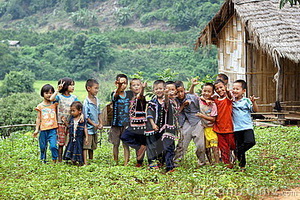
The history of the Lahu people stretches over 4,500 years. The Lahu people originated from Tibet and Southwestern China, and later migrated down to the southern part of China where they were separated into two groups. One group settled in the Kengtung region in Burma, with some further migrating to live in the Fang district in the Chiang Mai province of northern Thailand. The other group settled in Vietnam and the People’s Democratic Republic of Laos. Furthermore, the Lahu people were divided into many groups such as the black Lahu, red Lahu, yellow Lahu, white Lahu, Pakew Lahu, Pakaew Lahu, Hega Lahu, Laba Lahu, Bala Lahu etc.

Now, approximately 1,500,000 Lahu people live in 800 villages along the Thai-Burma border. The greatest concentration of Lahu people live in areas close to the border in Chiang Rai, Maehongsorn, Chiang Mai and Lampang. The Lahu people usually like to live among other tribes or Thai people, but there are small groups that live together in Lahu villages.
The largest group of Lahu people in Thailand is the red Lahu. Along with the black Lahu and yellow Lahu, they believe in ancestor spirits while many Lahu tribes believe in Christianity.
The way of life of the Lahu people is simple as they do not like disorder, and they adjust well to adapt to living with other people. They like to live upland, farming and transplanting rice and corn for family consumption, but they are still proud of being hunters. The Lahu people are strong in their solidarity and have strict regulations as they work together to support their way of life. Gender equality is deeply rooted in their culture, and the Lahu people may be one of the most equitable groups of people in the world.
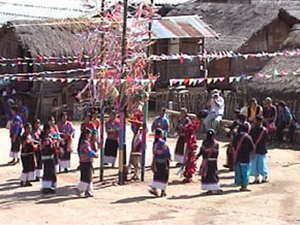
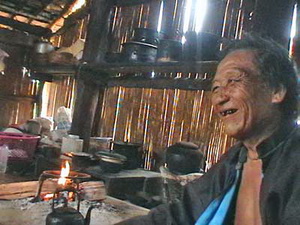
Lahus are well acquainted with nature since previous time until now. They know what can be used as herbs and what cannot. When they are sick, they will perform the ceremony and find the herbs to relieve their illness.

1. Tobacco-like plant (Na Kae)
It is used for stopping bleeding by fine pounding leaf or its root and apply over the wound which will be dry soon. Moreover, its juice is good for toxic-food consumption.
2. Red Spinach (Nga Aoo Jue)
This kind of plant can heal the scald. Lahus pound it and anoint over the wound.


3. Indigo Plant (Nor)
Smash it with salt and apply the joint or palm to reduce the fever.
4. Solanum Torvum (Maa Di Zue)
It is suitable for the scald by singeing and applying on the wound.
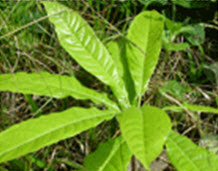

5.Kalanchoe pinnata (Ar Pa Te)
It is an annual plant which has curly leaves. Fine pounding leaf uses for burning scar.
6. Creeper with irritating pods plant (Pue Ar Le)
Beat its root and soak in the water to let the cows drink. It can help in defecation.

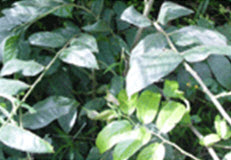
7. Parsley (Aor Ga Nga Soi)
It helps faint and fever by mixing its root and leaf with lemon grass and sweet basil together. Then, the suitable way is rubbing over the body.
Where do they live?
The Lahu hill tribe is a strong independent and very diverse ethnic group who number about 60,000 in Thailand. The Lahu are located primarily in Chiang Mai and Chiang Rai province, but can also be found in considerable numbers as far south as Tak province. Their settlements are usually remote from roads and towns, due to their strong commitment to the maintenance of the Lahu way of life.


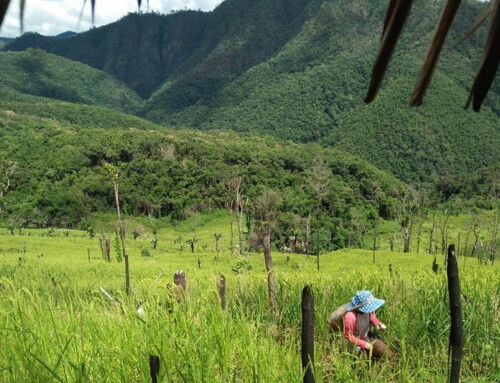
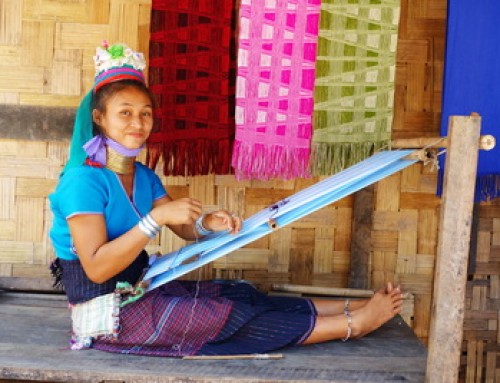






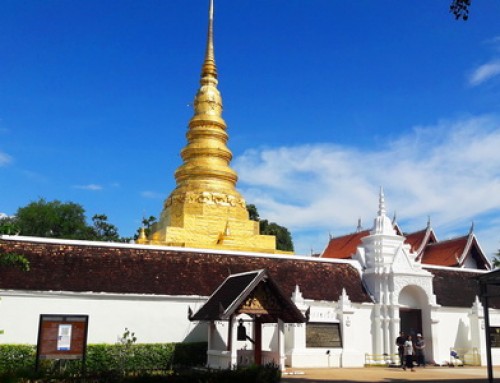
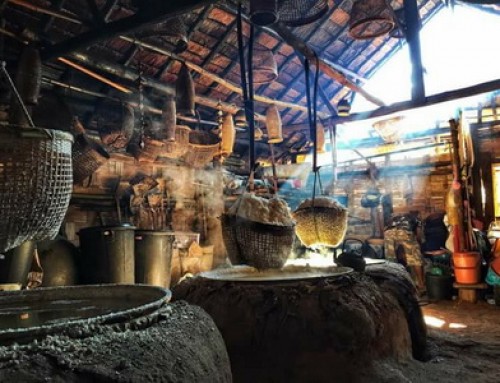
Leave A Comment